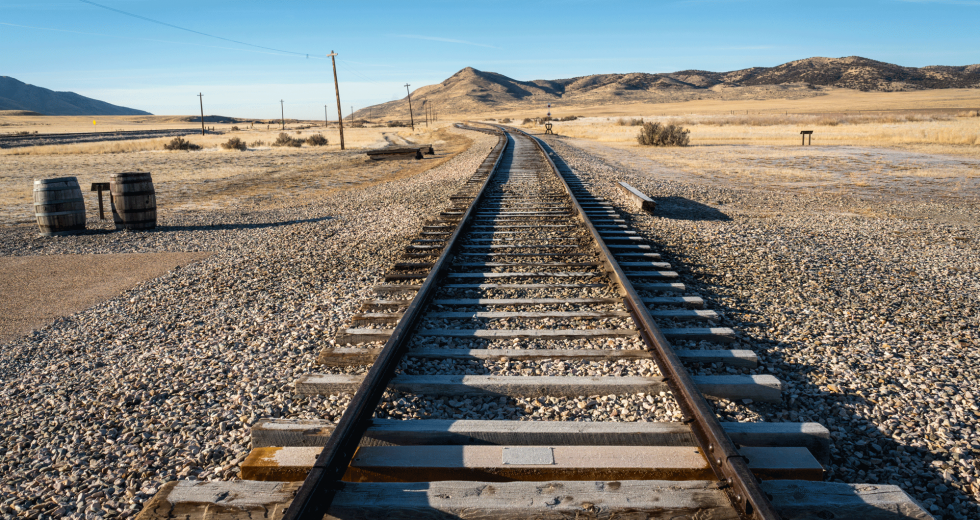The construction of the First Transcontinental Railroad was one of the greatest engineering feats in American history, one whose ramifications are felt to this day. The six-year project involved two competing railroad companies laying nearly 1,800 miles of track across the continent, linking west with east.
Completed on May 10, 1869, its effects on cross-country commerce and passenger transport helped towns grow into cities, altered national demographics, changed Americans’ eating habits and created countless businesses through the new availability of goods and services. It also abetted the destruction of the American Indian culture and ruined wide swaths of the environment.
Related Links: As more workers commute by train, Amtrak has plans to get them there quicker.
Events and circumstances converged to make the TCRR imminent. In the 1840s, California’s rail system looked primitive compared to those thriving in the east, midwest and south. The gold rush of 1849 brought more than 300,000 people from around the world to Northern California, a migration that ultimately established the Golden State’s legacy of ethnic diversity.
Further, California became a state in 1850. During the Civil War (1861-1865), President Abraham Lincoln was eager to bring it closer to the rest of the country. A railroad linking the west and east would shorten the journey to California from months to days.
Railroad engineer Theodore Judah became the catalyst. He formed an investment group with local entrepreneurs Leland Stanford, Collis Huntington, Mark Hopkins and Charles Crocker. They founded the Central Pacific Railroad in 1861, but Judah died of yellow fever before ground was broken on his dream venture.
The next year, Lincoln signed the Pacific Railroad Act, ordering the unification of the east and west via rail. Drilling and blasting its way through the Sierra, the Central Pacific laid 690 miles east from Sacramento, while the Union Pacific put down 1,085 miles west from the Iowa-Nebraska border.
On May 10, 1869 two locomotives — the Jupiter from Sacramento and Engine No. 119 from Omaha — met nose-to-nose at Promontory Summit in Utah Territory, where a cheering crowd had gathered to witness history.
What happened next is a matter of debate among railroad historians, as accounts vary and facts have been smudged over time. One credible story is that the symbolic 17.6-karat Golden Spike, or Last Spike, was positioned in a predrilled hole in a ceremonial laurelwood tie. Central Pacific president Stanford picked up a sledgehammer, swung at it and missed. It was replaced by the actual last spike — an ordinary one made of iron — that was pounded into a pine tie by a Chinese laborer.
There’s a little-known addendum, says Earl Tobey, a guide at the California State Railroad Museum. San Francisco businessman David Hewes had commissioned the Golden Spike and a duplicate for the ceremony, with the predetermined date of the ceremony — May 8 — engraved on them.
“The Union Pacific train had been hijacked in Wyoming by a group of disgruntled railroad employees because they hadn’t been paid yet,” Tobey says. “They chained it to the tracks and wouldn’t let it proceed for several days.”
There was a huge party on the streets of Sacramento on May 8 to celebrate, as word had not spread about the hijacked train that wouldn’t arrive at Promontory until May 10.
Later, Hewes donated the Golden Spike — bearing the incorrect date — to Stanford University, where it is still displayed. He kept the duplicate gold spike and had the May 8 date changed to May 10.
“It was held in the Hewes family private collection for 135 years, until they sold it to us,” Tobey says. “It’s been on display here ever since.”



